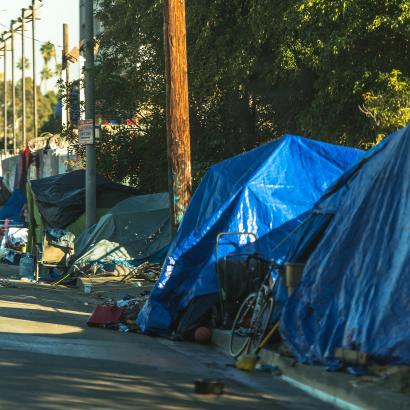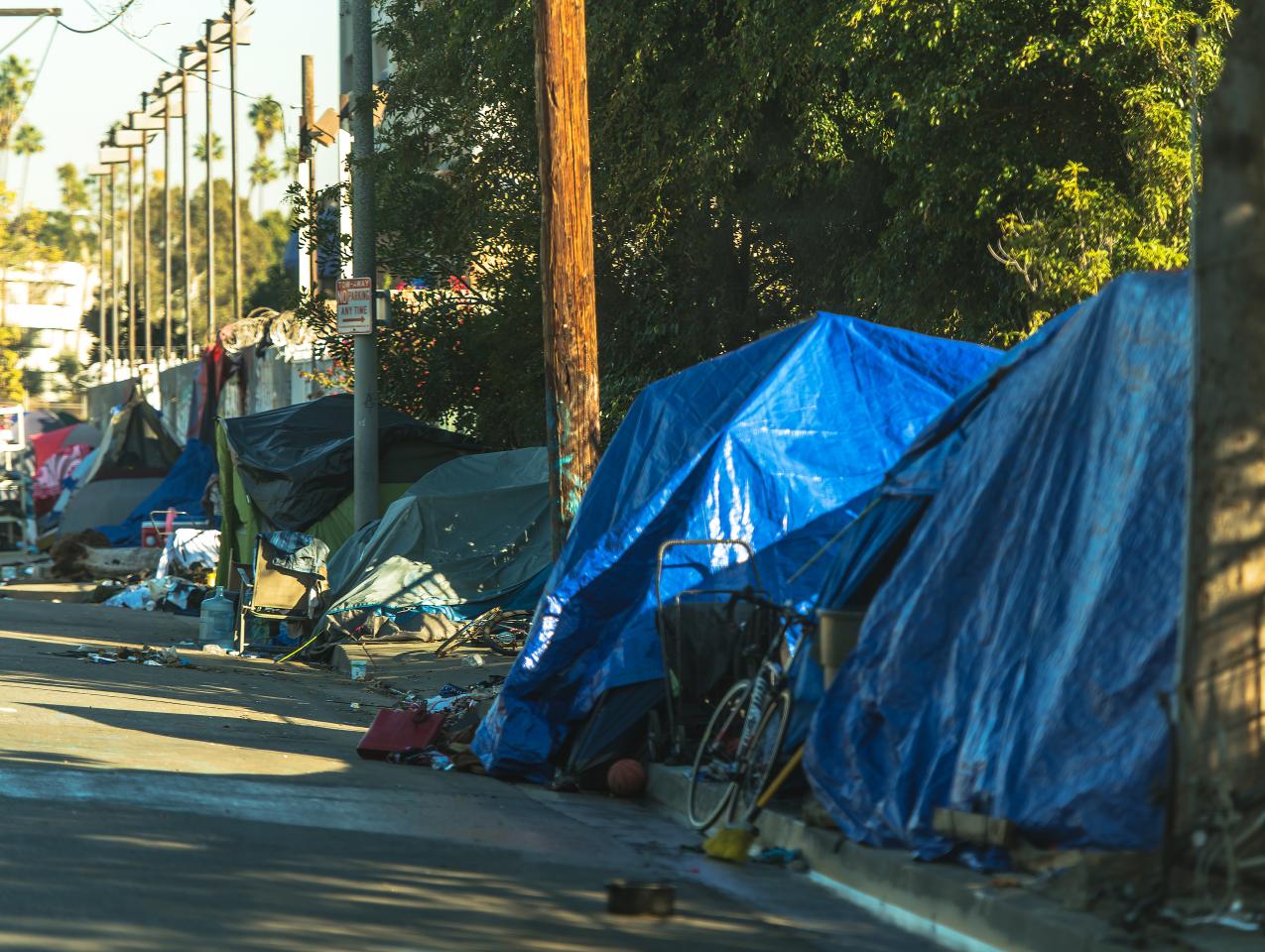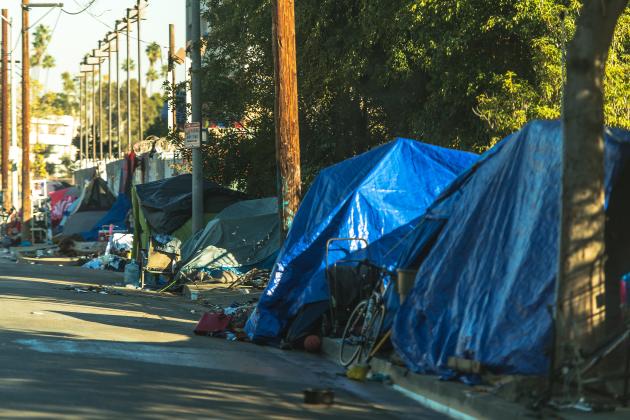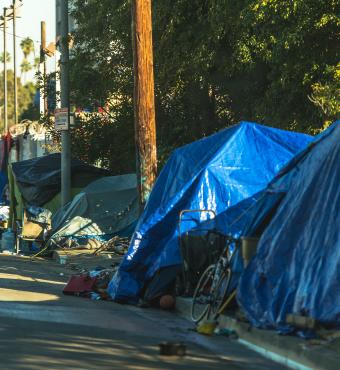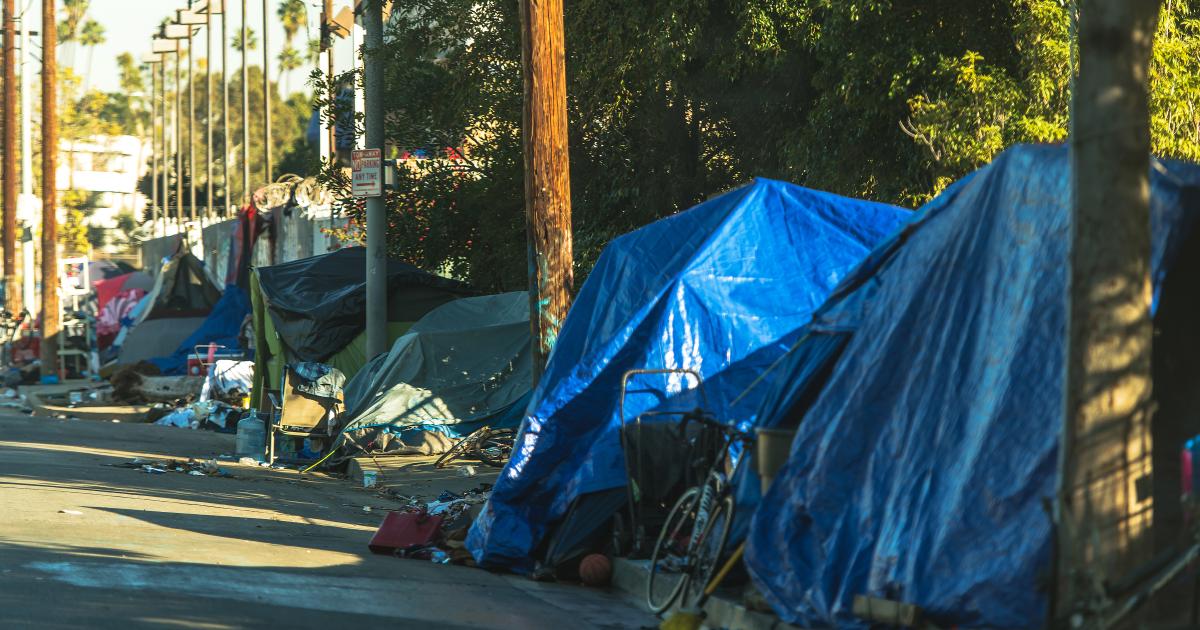Since 2019, California has spent about $24 billion on homelessness, but in this five-year period, homelessness increased by about 30,000, to more than 181,000. Put differently, California spent the equivalent of about $160,000 per person (based on the 2019 figure) over the last five years. With this level of spending, it was reasonable to expect that homelessness would decline substantially. What went wrong?
There are three major problems with California’s homelessness policies that are facilitating this increase. One problem is a significant lack of oversight and information about homelessness spending. The state auditor recently evaluated this spending and submitted a report that highlights the failure of the state to track spending and outcomes:
The State lacks current information on the ongoing costs and outcomes of its homelessness programs, because [it] has not consistently tracked and evaluated the State’s efforts to prevent and end homelessness. . . . [The state] has also not aligned its action plan to end homelessness with its statutory goals to collect financial information and ensure accountability and results. Thus, it lacks assurance that the actions it takes will effectively enable it to achieve those goals.
The auditor attempted to closely evaluate the costs and benefits for five separate homelessness programs, though they only found data that permitted this for two of those programs.
More broadly, the failure of investing in adequate information technology infrastructure and data collection within California’s state government has been a chronic problem and has been very costly. In 2020, California’s antiquated hardware and software within the Employment and Development Department (EDD) was a key factor in about $32 billion in unemployment benefits fraud. The department’s computer system is based on 1980s architecture running 1950s software.
And the EDD not only was overrun with fraudulent claims, it delayed legitimate payments for months. The former deputy director of unemployment insurance described EDD’s ability to deal with the high number of COVID claims as follows: “The best way I can describe it is like going to a gunfight with a squirt gun.”
California’s Department of Motor Vehicles (DMV) is in the process of upgrading its system, but this follows a series of tech upgrade failures over the previous 30 years that burned through hundreds of millions of dollars in the process. And the state’s annual report on its fiscal soundness is chronically late because of an IT upgrade that began in 2005.
A second key problem with California homelessness policy, one that is rarely, if ever, discussed, is that there are too many California households who simply do not earn enough to live sensibly in California, given the state’s very high cost of living. For example, nearly half of California households rent, and of this group, about 30 percent—about 1.9 million households—pay 50 percent or more of their pretax income as rent. This is far too high based on the standard recommendation that a household pay a maximum of 30 percent of pretax income as rent.
This group of people, who are considered “extremely rent burdened,” are remarkably vulnerable to losing their housing. Given that the average household size among renters is about 1.5 individuals, this group represents about 2.8 million people. If just 1 percent of this group become homeless annually because they lose their ability to pay, then the rolls of the homeless will rise 28,000 each year.
And it is not just this group who are financially vulnerable. About one-third of California households live in poverty or near poverty. This suggests the possibility of many more people falling into homelessness each year. An estimated 10,000 people became homeless between 2022 and 2023 in California. If this estimate is accurate, then California has been dodging a bullet in that the number of homeless could be much worse than it is, based on the large number of households who are on the cusp of financial exigency.
These statistics about the number of Californians who don’t earn enough to realistically live here, particularly in the expensive areas near the coast, raise important questions about the state’s approach to homelessness and how taxpayers should view its homelessness safety net. A social safety net exists to provide support for those who experience an adverse event that they cannot realistically insure themselves against. Our homelessness safety net should exist for those who become homeless as a result of family crises, such as a child running away or a family dissolution that results in a parent and children with nowhere to go. It should also exist for those who suffer disabilities and for seniors who may have a limited ability to relocate. However, there is no justification for reliance on the safety net to pay for those who do not have the resources to responsibly live in California.
Perhaps the most important reason that many Californians are financially burdened is housing affordability. The sensible policy response to this is to facilitate building housing in the state that low-income households can realistically afford without significant public assistance. This means building low-cost housing, which likely means utilizing manufactured housing (housing that is built from start to finish within a factory, and then shipped to the homesite)—which can be built at only about $100 per square foot—and building in areas where land values are not so high, which means outside of the state’s very expensive coastal areas. For example, a 1,000-square-foot manufactured home placed on a small lot that is outside of California’s highest-land-cost areas can likely be created for under $200,000. A household earning $50,000 per year, which is far below California’s median household income of over $90,000 annually, could realistically afford such housing on their own.
But the state’s policy toward building housing for the homeless is the opposite of this approach and is the third reason why our homelessness policies are not working as intended. New housing for the homeless can cost over $1million per unit, such as a recently approved Santa Monica 120-unit apartment complex that will cost $123 million to build and which will be located about three blocks from Santa Monica beach. The estimated cost of this complex does not include the value of the land, which might approach $10 million.
The state’s existing practice of building over-the-top expensive housing for the homeless is not fiscally responsible, nor is it feasible within the context of a realistic budget. And reducing building costs to a level commensurate with the budgets of those who are vulnerable to financial risk also means freeing up funds for mental health, drug addiction, and physical therapy services that can help many homeless individuals get back on track.
Investing in adequate information infrastructure, reducing building costs, and investing in low-cost housing outside of the most expensive coastal areas could significantly advance the state’s goals of addressing homelessness while respecting a reasonable budget. But I see no urgency within the state’s political leadership to implement these ideas. In fact, last week, Governor Gavin Newsom vetoed bipartisan legislation that would have required his administration to conduct an annual evaluation of homelessness spending. Without these changes, California will continue to spend enormous sums on homelessness while the number who are homeless remains very high.








